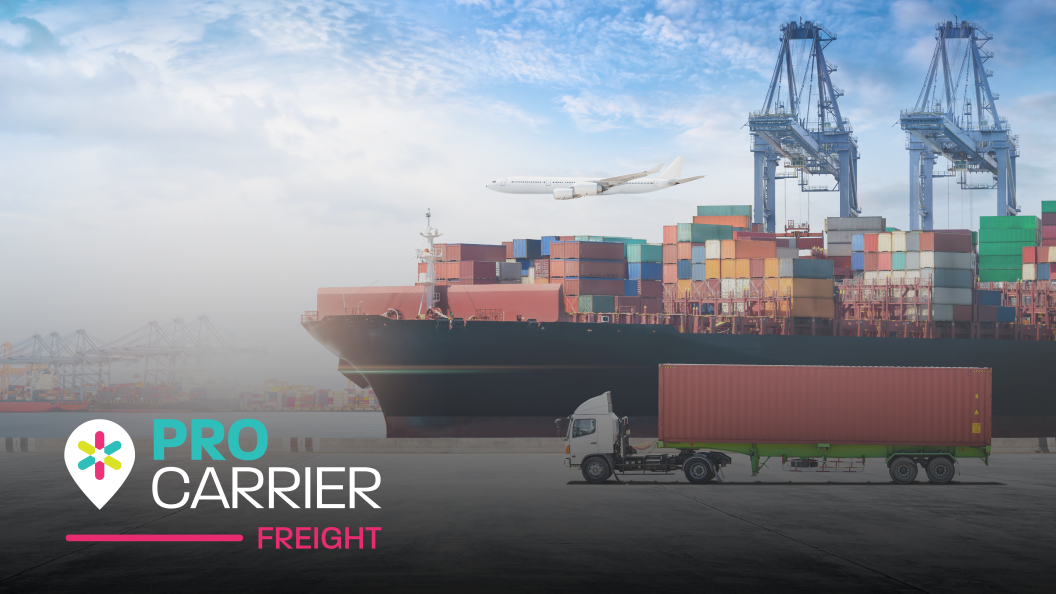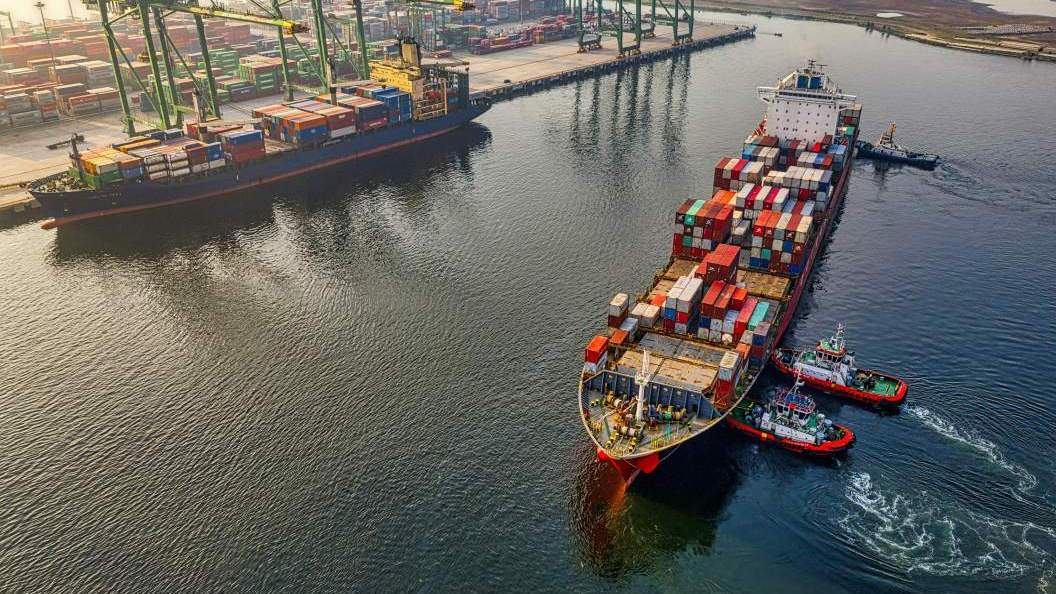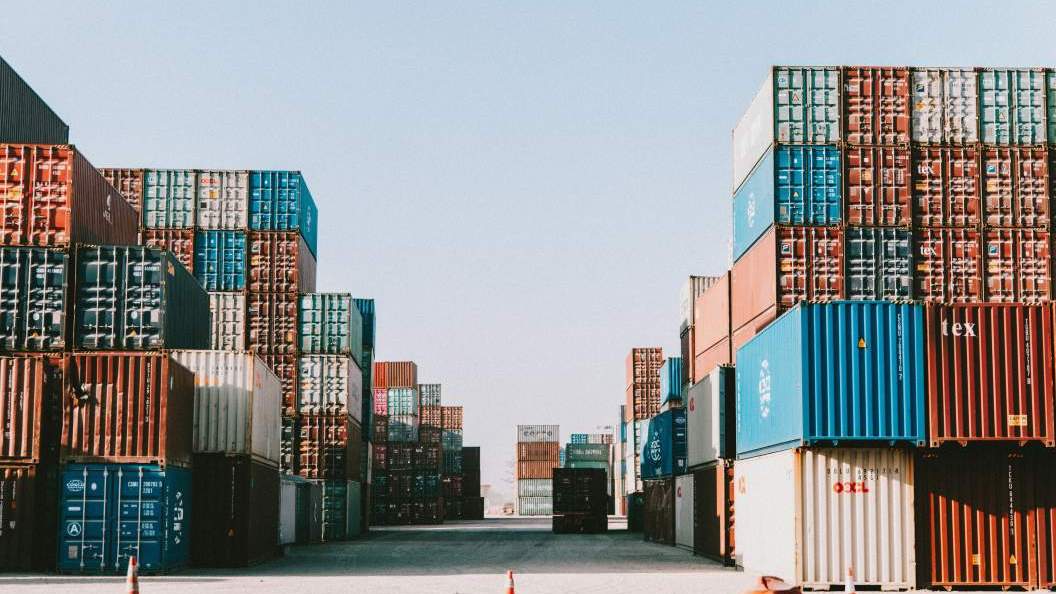When you have temperature-sensitive goods at risk of spoilage or degradation, you need a supply chain that’s purpose built to keep your products safe and your business compliant.
That’s where cold chain logistics comes in. Cold chain logistics was created to facilitate the long-distance transportation of temperature-controlled goods.
In this article, we explain everything you need to know about keeping temperature-sensitive perishable goods safe, so you can optimise your processes accordingly.
What is cold chain logistics?
Cold chain logistics is the process of storing and transporting any products that require refrigerated or frozen temperatures.
The process requires a specialised and dedicated supply chain with in-built provisions to ensure these products are moved safely. Cold chain logistics systems contain several specialised components, as a result, including refrigerated transport vehicles, warehouses and temperature-monitoring tools.
This is a billion dollar market and one that is growing rapidly. In 2023, the cold chain market was valued at $270.98 billion. By 2030, it’s predicted to reach $986.91 billion. It’s also an incredibly important part of the UK economy. The frozen food industry in this country alone is worth over £8 billion. The chilled food industry is even more valuable, totalling more than £14 billion.
What types of goods require cold chain logistics?
You’ll already know if your products require cold chain logistics. But if you’re looking to expand your offering, then you’ll need to take care with the following perishable goods:
- Food items: Fresh food like vegetables and dairy products need to be kept between 2° and 4°C. Frozen items like seafood must be stored between -25° and -30°C.
- Flowers: Cold chain logistics preserve the freshness and quality of flowers during transport.
- Medicine: The safety and efficacy of many drugs and vaccines depend on temperature-controlled procedures.
- Chemicals: Some chemicals and other industrial products must be transported at specific temperatures to maintain stability.
- Biotech: Advanced industries like biotech require cold chain logistics to maintain the integrity of biological samples and other materials.
Why is good cold chain logistics important?
A robust cold chain logistics process is essential for several reasons.
It keeps products safe
The most important reason to invest in cold chain logistics is to keep products safe. Ultimately, if some products aren’t kept at the right temperature, they can spoil or stop working.
Take food, for instance. When fresh food is left at room temperature for too long, it can become rotten and grow bacteria. Even non-food products like vaccines and medicines can become contaminated or ineffective when temperatures are not controlled.
It reduces waste
Waste can be incredibly expensive. Over 30% of food is lost or wasted yearly, totalling over one billion tonnes.
If you don’t want to add to this number, then temperature-controlled supply chains are vital. It’s not just food, mind you. Items like flowers and chemicals can be wasted when not kept at the right temperature.
It ensures compliance
Owing to the critical nature of maintaining the safety of these goods, many industries have strict regulations and policies that cover how products should be transported.
How does cold chain logistics work?
Cold chain logistics systems are complex, with many moving parts. We’ll make them as simple as possible to understand in this system by breaking down the process into its constituent parts.
Packaging
Packaging is the first step in the cold chain logistics process and plays a vital role in protecting goods from external factors and high temperatures.
Specialist packaging materials with insulating properties are an absolute must. These include foam and vacuum-insulated boxes, as well as coolants like gels and dry ice. You’ll need to take care when packaging perishable products. This won’t just protect them from high temperatures, it will also provide added damage protection to these often fragile products.
Storage
Perishable goods must be stored properly before and after packaging. That requires a distribution centre with temperature-controlled environments.
Because power outages can cause products to spoil, these warehouses must also have an uninterruptible power supply, as well as backup generators to handle all unforeseen risks. Temperature monitoring tools such as infrared thermometers are also used to remotely monitor temperatures.
Transportation
Reefers, or refrigerated containers, are most commonly used for transporting temperature sensitive and perishable goods by sea, as they can ensure that the goods will be kept at the correct temperature and can endure the longer journey via sea. If you are need of a quicker solution to transport your goods, air freight may be best suited for transporting temperature sensitive or perishable goods that have a shorter lifespan.
Temperature-controlled vehicles take perishable goods from cold storage warehouses to their end destination. These trucks or aeroplanes are fitted with refrigeration equipment that keeps ambient temperatures at the correct level.
Reefer trucks are the most common vehicle in cold chain logistics. These vehicles usually have a separate container with a temperature controlled system, although it’s not unusual for the entire vehicle to be temperature-controlled.
Operations
A robust and well-documented process is also essential to keep the entire cold supply chain running smoothly and avoid unnecessary delays.
It’s why working with an experienced logistics partner is so important. Not only can they ensure your shipments are prepared properly to avoid delays at customs, they can also make plans in advance to avoid your shipment getting stuck in port or at sea.
How to improve your cold chain logistics process
There are several things you can do to improve your cold chain logistics processes.
Implement temperature monitoring protocols
When keeping the temperature of goods consistent is so important, implementing temperature monitoring tools at every turn becomes a bit of a no-brainer.
Ideally, your entire logistics process should be temperature monitored to ensure products are protected at every stage of the process. The best way to achieve this is with RFID tags, which you can place inside packaging and shipping containers, as well as transportation vehicles.
Train your staff
You can have all the systems in place you like, but if your employees can’t execute processes properly then your goods are at risk. That’s why staff training is so important. Make sure all employees responsible for handling, storing and transporting goods receive proper training in cold chain procedures. The more knowledgeable your team (and the team of your partners) the more likely it is that the cold chain will be kept intact.
Make quality control a priority
Meeting regulations and ensuring the quality of your goods depends on you staying on top of things at every turn. And that means making quality control your number one priority.
As a result, we recommend regular audits and inspections to ensure temperature controls are in place. All equipment involved in the process should also receive regular maintenance. Most importantly of all, document everything. This won’t make it easy if your business is ever audited, but it will also designate responsibilities and help new employees step smoothly into their roles.
Work with an experienced freight forwarder
If you want to ensure your cold chain logistics works as smoothly and effectively as possible, then there’s no better substitute than an experienced freight forwarder. Here at Pro Carrier, for example, we help clients from a range of industries maintain an unbroken cold chain when shipping their products across the globe.
For more information on how we can help or to request a quote, speak to one of our experts today.



